Blogs
“Dazzling Dimasa Jewellery and Ornaments: A Glimpse into Tradition”
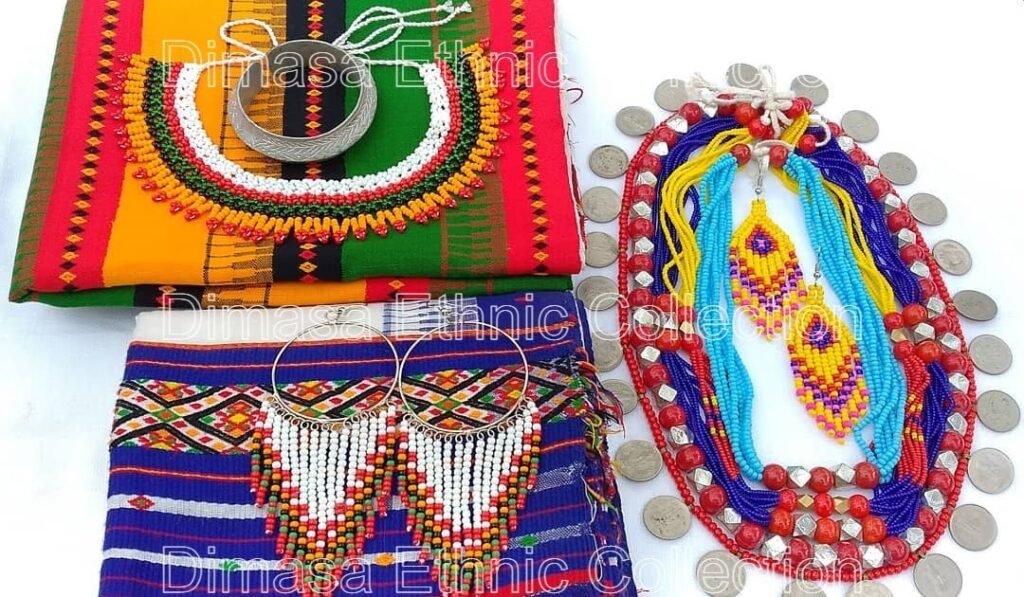
The Dimasa community, known for their vibrant culture and traditions, showcases their unique identity through exquisite jewelry and ornaments. These adornments, fashioned from precious and semi-precious stones, such as coral (known as Phowal in Dimasa Language), metals like silver, and coins, take center stage during festive occasions like “Bushu.” Let’s delve into the world of Dimasa jewelry and explore Khadu (bracelets), Rangbarsha (coin necklaces), Jongsama, Rmailik, Khamaothai (earrings), and Shukhep (headgears) in this captivating blog.
The Tradition of Passing Down:
These jewels and ornaments hold profound significance and are often passed down from mothers to daughters. In the absence of daughters, they are cherished heirlooms shared with the nearest female relative of the same female clan, known as “Jahdi.”
Diversity in Dimasa Ornaments:
Dimasa men typically wear Yaocher and Kharik, whereas Dimasa women adorn themselves with an array of ornaments, including Jongsama, Rangbarsha, Rmailik, Chandrawal, and more.
Rmailik, a term derived from “RMAI” (colorful stripes on upper garments) and “Lik” (beaded necklace), is a vibrant beaded necklace. It boasts a mesmerizing combination of yellow, green, black, blue, and white microbeads, creating a striking piece of jewelry that graces the necks of Dimasa women.
- Rmailik – The Colorful Beaded Necklace:
Rmailik, a term derived from “RMAI” (colorful stripes on upper garments) and “Lik” (beaded necklace), is a vibrant beaded necklace. It boasts a mesmerizing combination of yellow, green, black, blue, and white microbeads, creating a striking piece of jewelry that graces the necks of Dimasa women.
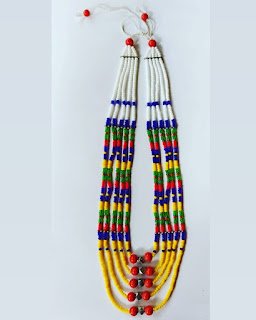
2. Jongsama – Beads, Coral, and Silver:
Jongsama is another enchanting necklace, composed of colored microbeads, coral stones, and beads crafted from real silver. It is a symbol of grace and tradition that Dimasa women proudly wear, accentuating their beauty and cultural identity
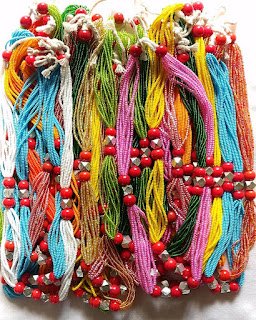
3.Phowal – The Garland of Coral and Silver:
Phowal, a stunning garland, is a unisex accessory adorned by both Dimasa men and women. Crafted from coral and pure silver beads, it embodies the essence of Dimasa tradition. When coral is scarce or expensive, red-colored and metal beads are used as alternatives.
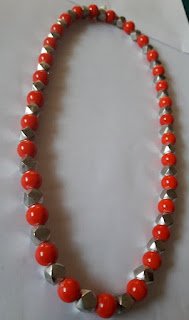
4.Chandrawal – Silver Flowered Elegance:
Chandrawal, also known as Chandrahaar, is an exquisite piece designed as a silver flower. Worn by Dimasa women, it comes in two variations – Chandrawal Renshi (made of three rows) and Chandrawal Renbri (made of four rows). Each piece symbolizes elegance and grace.

5.Rangbarsha – The Traditional Coin Necklace:
Rangbarsha is a traditional Dimasa necklace adored by girls and women alike. This enchanting piece is crafted from silver coins, narrating stories of heritage and tradition
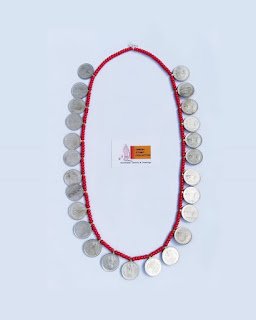
6. Khamothai – Earrings of Elegance:
Khamothai, a charming earring, is yet another piece of jewelry adorning the necks of Dimasa girls and women. It adds a touch of elegance and allure to their overall appearance.

7.Khadu – The Silver Circlet:
Khadu is a bangle or circlet adored by Dimasa women. Exquisitely crafted from pure silver, it graces their wrists, signifying their cultural pride.
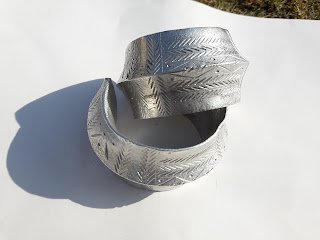
Conclusion
The Dimasa community’s traditional jewelry and ornaments are not merely adornments but vessels of heritage and culture. In this blog, we’ve taken a journey through the exquisite world of Dimasa jewelry, celebrating their unique identity and traditions through the lens of these stunning pieces.
